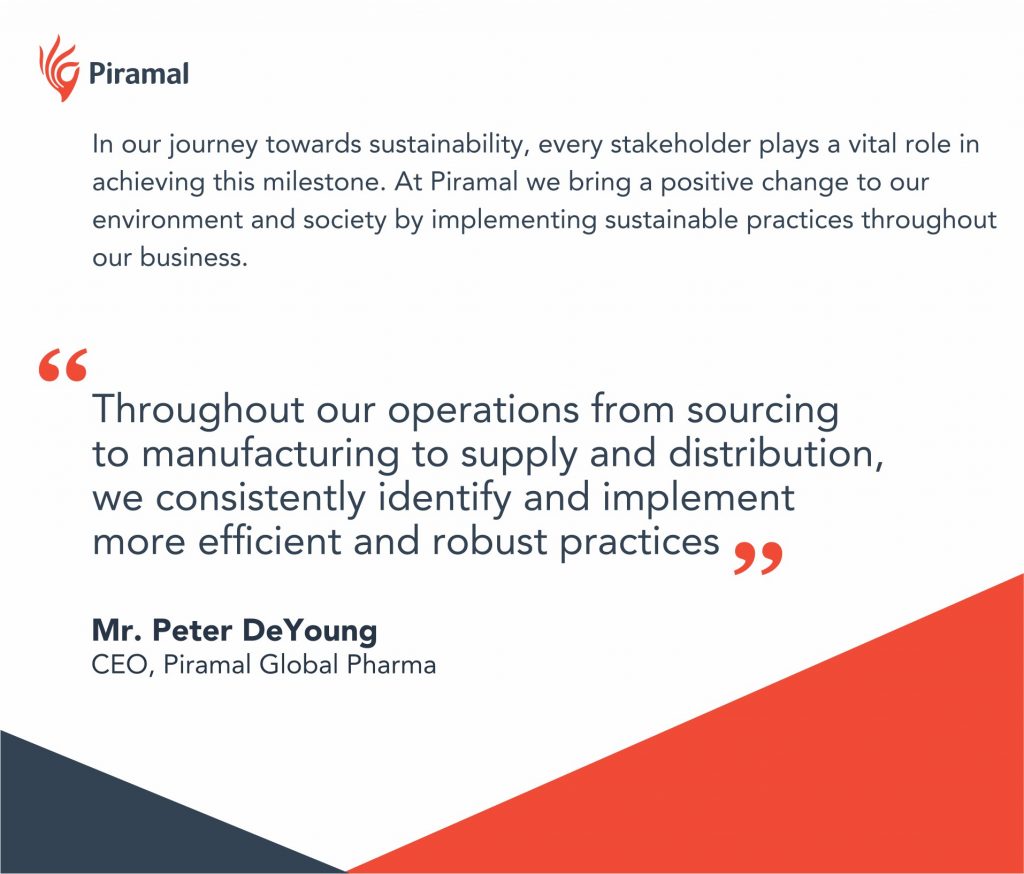‘Care for the Environment’, one of our core commitments, is enunciated in our Environment, Safety and Health (EHS) policy. These policies guide us to pursue global standards across the entire value chain, projects & process design, day-to-day operations, and responsible management of non-product outputs. We are committed to manufacturing products safely and in an environmentally responsible manner.1
We aspire to minimize the impact on the environment and maximize the effective use of resources. Towards this cause, we encourage responsible environmental behaviour amongst staff and stakeholders at all levels. Concerted efforts are made to conserve energy, assess viable energy-efficient projects and take initiatives to help environmental stability. We have taken several initiatives to reduce our greenhouse gas emissions.1









